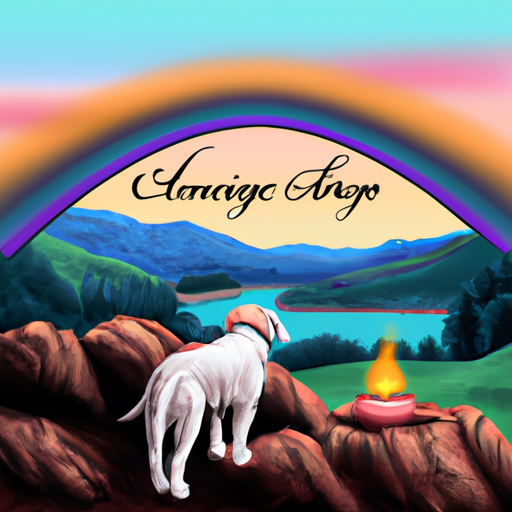Your beloved dog is more than just a pet. It’s a member of your family, your confidant, your best friend, and losing them can be one of the most heartbreaking experiences. When the inevitable moment comes, it’s essential to know your options to honor their memory. One of the most common ways people choose to commemorate their pets is through cremation. But how does cremation work for dogs? This guide will walk you through the entire process.
Table of Contents
- Understanding Pet Cremation
- The Cremation Process
- Choosing the Right Cremation Option
- The Role of Cremation Service Providers
- Frequently Asked Questions
Key Takeaways:
- Cremation is a complex process that involves high heat and evaporation.
- There are different types of pet cremations to choose from.
- Cremation service providers play a significant role in the process.
- Understanding the process can help in making the best decision for your pet.
Understanding Pet Cremation
Cremation for dogs, much like cremation for humans, is a process where the body is exposed to high heat, breaking it down to its basic elements, primarily bone fragments. These fragments are then processed into a fine, sand-like texture, commonly referred to as “ashes” or “cremains.” These cremains are then returned to the owner in a small urn or another container of their choosing. Pet cremation is becoming increasingly popular due to its cost-effectiveness, environmental considerations, and the opportunity it provides for owners to keep their pets close even after death.
The American Veterinary Medical Association provides a detailed guide on end-of-life decisions for pets, which could be a valuable resource during this difficult time.
The Cremation Process
The cremation process involves three primary stages: preparation, cremation, and processing.
- Preparation: Your pet’s body is prepared for cremation. This includes removing any collars, tags, or other non-organic materials.
- Cremation: The body is placed in a cremation chamber, where it is exposed to heat ranging from 1400 to 1800 degrees Fahrenheit, reducing the body to bone fragments.
- Processing: The bone fragments are processed into a fine, sand-like texture, ready to be returned to the pet owner.
Choosing the Right Cremation Option
There are three main types of pet cremation to choose from: private, semi-private, and communal.
- Private cremation involves cremating your pet individually, with no other pets in the chamber. This is the most expensive option but ensures that the ashes you receive are solely your pet’s.
- Semi-private cremation involves multiple pets in the chamber, separated by space or dividers. While less expensive, there may be minor co-mingling of ashes.
- Communal cremation involves multiple pets cremated together. No ashes are returned in this case, and the cremains are typically scattered in a pet cemetery or garden.
The choice between these options depends on personal preference, budget, and how you wish to remember your pet. Websites like One Top Dog offer useful resources on the different types of pet cremation.
The Role of Cremation Service Providers
Pet cremation service providers play a key role in the cremation process. They handle the logistics, ensure the process is carried out respectfully and professionally, and return the ashes to the pet owner. It’s important to research and select a reputable provider to ensure your pet is treated with the utmost care and respect. One Top Dog has a list of reviewed and trusted providers that can help you make an informed decision.
Frequently Asked Questions
1. Is pet cremation safe and humane?
Yes, pet cremation is safe and humane. The pet is not in any pain during the process as it is carried out after death.
2. How long does pet cremation take?
The process can last anywhere from 45 minutes to several hours, depending on the size of the pet.
3. Can I be present during the cremation?
Some providers allow pet owners to be present during the cremation. It’s best to discuss this with your chosen provider.
4. What can I do with the ashes?
You can choose to keep the ashes in an urn, scatter them in a special place, or even incorporate them into jewelry or artwork. One Top Dog provides several creative ideas on what to do with pet ashes.
Losing a pet is never easy, but understanding the cremation process can offer some comfort. Knowing that your beloved dog will be treated with respect and dignity until the very end can provide peace of mind during this difficult time.



